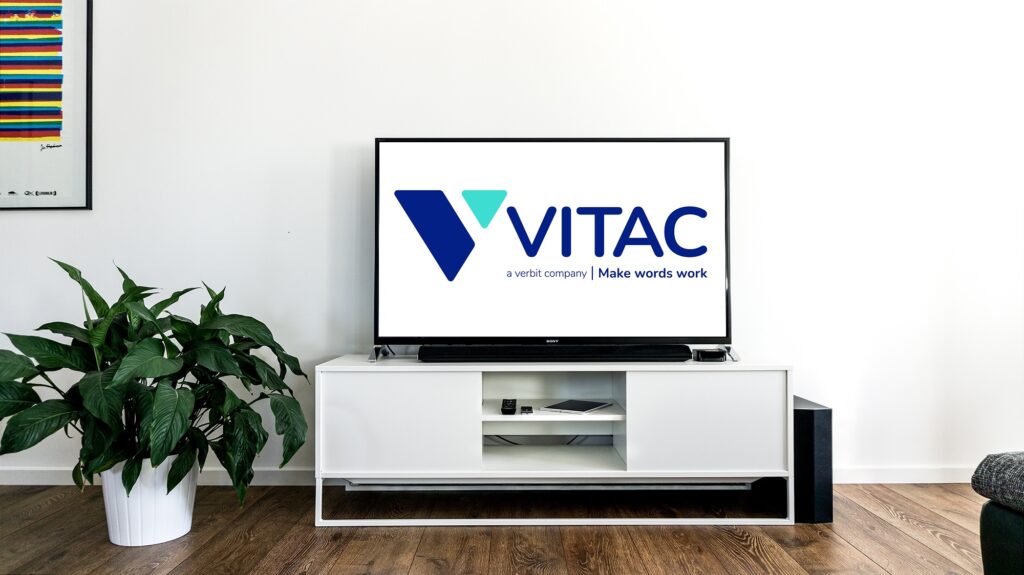Millennials (18 to 35 years of age) are quickly becoming the primary population group in the United States. And, with a presence of about 83.1 million individuals in the marketplace, their consumer behavior is undeniably powerful.
Millennials Prefer to View Online Content Silently
According to a Harvard study, 83 percent of millennials are on social media, consuming content up to 18 hours per day. Of those 70 million, 58 million prefer to watch video without sound.
In fact, 85 percent of Facebook videos are viewed without the sound on. A millennial news site, Mic, which averages about 150 million monthly Facebook views, said that 85 percent of its 30-second views are without sound. Additionally, PopSugar, another millennial pop-culture news site, said its silent video views range between 50 and 80 percent.
So unless videos are captioned, millions of people will find them to be useless and likely will move on to videos that can be viewed silently.
Millennials & The Deaf and Hard-of-Hearing Population
Combining the 58 million millennials in the U.S. who watch their videos with the sound turned off with the 50 million individuals in the U.S. who are deaf and hard of hearing means that 1 in 3 American adults benefit from captioned content.
Millennials Love Streaming Videos & YouTube
YouTube accounts for two-thirds of videos watched online among millennials — proving YouTube to be a primary resource for video entertainment. How effective are these videos, though? If there are millions of people who like to watch videos without sound, chances are YouTube’s automated speech recognition (ASR) function isn’t creating a very desirable experience.
ASR captions are riddled with errors making the content difficult to understand. And it doesn’t just stop there: ASR captions are poorly placed on the screen, lack punctuation, and when there are people speaking with accents, everything only gets worse. Simply put, ASR captions without human intervention just aren’t accessible or reliable. Human captioning (realtime and offline) is the best method for delivering accurate, timely captions while ensuring that the content is reliable and easy to follow.
Imagine the Possibilities
No matter if it’s a hearing millennial who watches captioned content or a deaf or hard-of-hearing person who depends on captions, captioning your material provides opportunities for both the hearing and deaf alike. If your intent is to share information and get people to engage with the content you are publishing, why in the world would you even consider publishing without captioning? Don’t you intend to reach those 1 in 3 adults in the U.S. that benefit from captions? Just think of reaching all those people you are excluding, and think about what that means to your message.
For more information, please visit VITAC.com.




